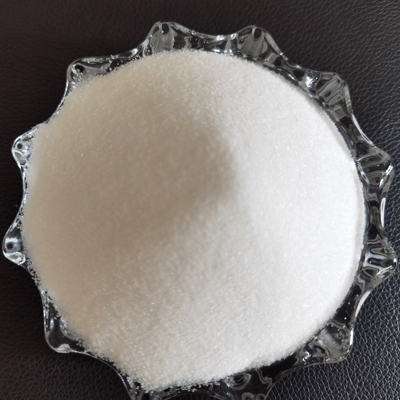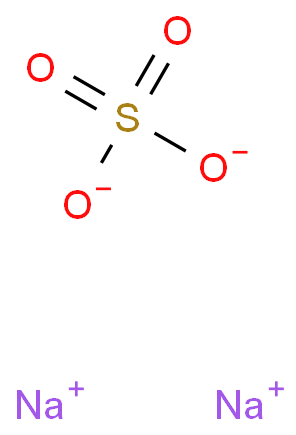 |
Sodium sulfate, also known as Glauber's salt, is an inorganic compound with the chemical formula Na2SO4. It is a white solid that is easily soluble in water. It is primarily used as a filler in powdered household laundry detergents, in the sulfate pulping process for paper production, and in the manufacture of alkaline sulfides.

Taste: Sodium sulfate is pungent and cold.
Function: It has the functions of clearing heat from the stomach, removing impurities from the intestines, moistening dryness, resolving masses, reducing swelling, and improving vision.
Preparation: Fry with unprocessed nitrate, cook with Lai Fu, then decoct with licorice in a pot, fire calcination, to remove its salty and cold nature, with a slightly gentle and moderate nature, generally used to replace unprocessed nitrate.
Compatibility: Avoid bitter gourd.
Taboo: It is forbidden for those with stomach deficiency and heat.
The most important chemical production of Sodium sulfate is in the production of hydrochloric acid, in the Mannheim process, from sodium chloride and sulfuric acid, or in the Hargreaves process, from sulfur dioxide. The Sodium sulfate produced in these processes is called salt cake.
2 NaCl + H2SO4 → 2 HCl + Na2SO4
4 NaCl + 2 SO2 + O2 + 2 H2O → 4 HCl + 2 Na2SO4
The second major production process of Sodium sulfate is by neutralizing excess sodium hydroxide with sulfuric acid. This method is also a commonly used and convenient laboratory preparation method.
2 NaOH(aq) + H2SO4(aq) → Na2SO4(aq) + 2 H2O(l) ΔH = -112.5 kJ (highly exothermic)
Health hazards: It has irritating effects on the eyes and skin. It is basically non-toxic.
Environmental hazards: It is harmful to the environment and can cause pollution in the atmosphere.
Fire and explosion hazards: The product is non-flammable but has irritant properties.
 |